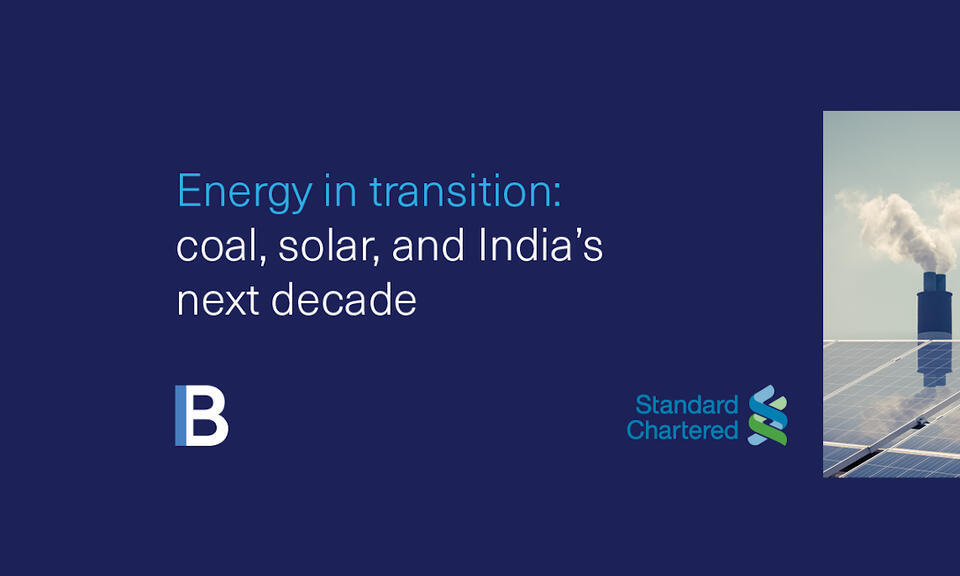
Renewable power is disrupting financial markets in Europe and North America. But what will be the impact of declining coal use in India, and how will major players in the coal supply chain be affected differently?
This new research on energy transition scenarios and financial risks in the world’s fifth largest economy is a first output from a new long-term research programme, sponsored by Standard Chartered.
The full research report is available to read here, and below to watch the launch presentation and discussion with VIP speakers in industry.
Executive Summary
Technological innovation is driving structural change in the global energy sector. Perhaps most striking is the continuing reduction in the cost of electric power generated from solar photovoltaics (PV). According to the International Energy Agency, solar is “the new king of electricity”, due to the fact that the cost of generation has fallen well below the cost of new fossil-fuel power.
India is at the forefront of these trends. In this report, we examine the risks posed to firms in the Indian economy from a cost-conscious shift towards renewable energy. We focus on two risk transmission channels. Technological risk stems from the increased competitiveness of solar and wind. Policy risk is attributable to an acceleration of government actions to support renewable energy (RE). We couple scenario analysis with firm-level financial modelling to explore potential impairments for three major players in India’s coal value chain.
While most transition scenarios are presented at a global or regional level, financial risks materialize at the level of specific economic agents. Their operating environments are shaped by national and sub-national dynamics.2 This report bridges a persistent gap between global and national outlooks. The analysis is focused on firm-level risks, expressed as unanticipated shortfalls in free cash flow at three large companies:
• Coal India Limited (CIL);
• Indian Railways (IR); and
• NTPC Limited (formerly National Thermal Power Corporation Limited).
We consider two scenarios for India’s power generation mix: a Trend scenario and an Aspirational scenario. Each scenario has three variants: base case, high imports, and low imports. Working from systems-level to firm-level, our analysis generates insights about the implications of broad structural changes in the energy sector to specific firms.
Given the systemic importance of these firms to the Indian economy, these firm-level risks may pose spillover risks to the sovereign. NTPC generates nearly a quarter of India’s power; 90% of this generated power is from coal plants. CIL is the largest coal producer in the world, and accounts for around 83% of India’s domestic coal production. Government entity IR operates one of the largest railways systems in the world. IR’s top freight commodity in terms of volume (48%) and revenue (45%) is coal.
Our results indicate free cash flow at risk (CFaR) for these companies of at least US$9 billion over the next decade, with impacts on cash flow (CFaR) from the changes captured in the Aspirational scenario. Yet, our aim is not to pass judgement on the future value of firms included in the case studies. Rather, we hope that by identifying these energy transition risks, our report will stimulate investors and policymakers to consider actions that may help mitigate unanticipated outcomes as India and the world accelerate a shift from fossil fuels to renewable power.